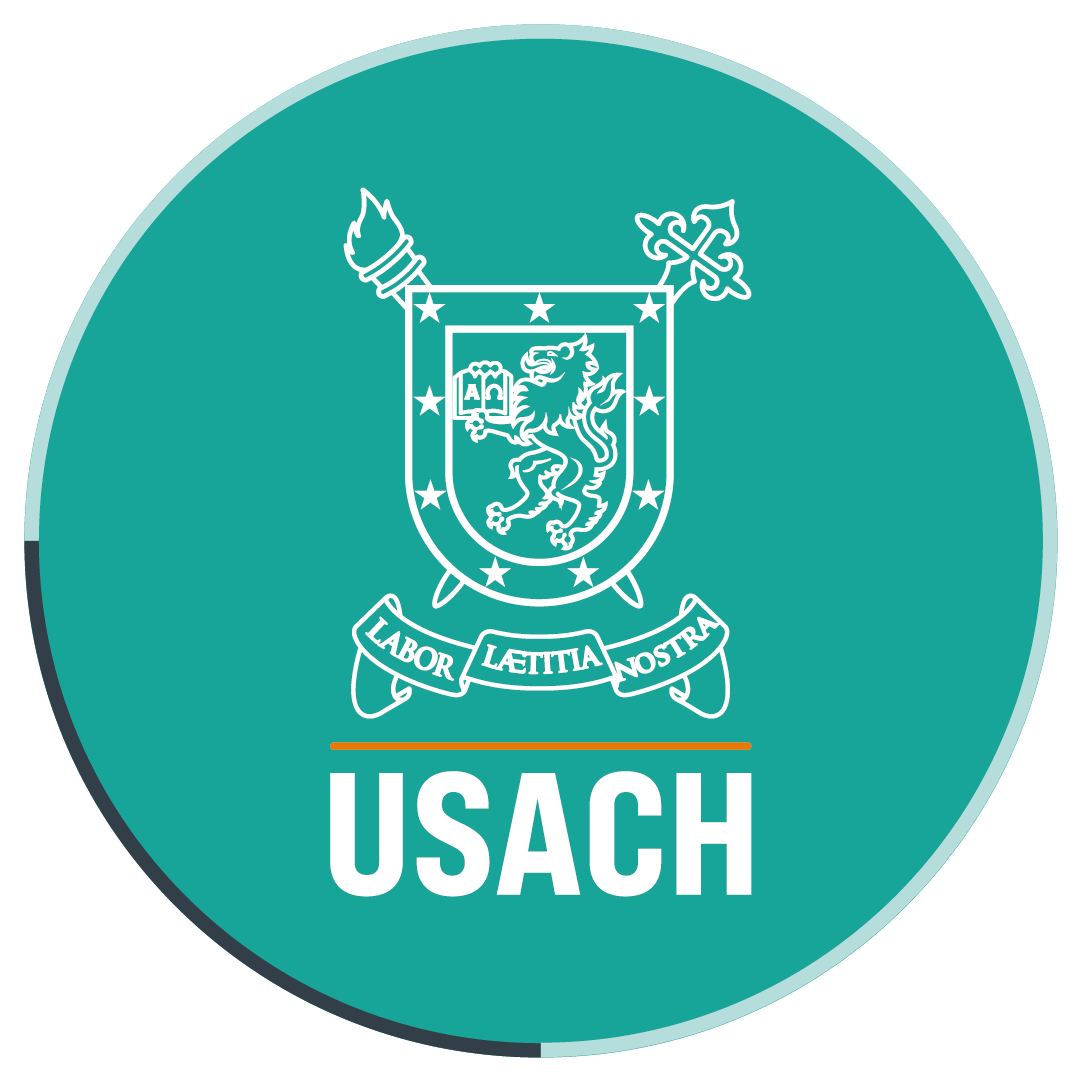Higher education institutions create national teaching support network
- During the Second Conference of Higher Education Learning and Teaching Centers Representatives held on January 13th, at Universidad de Santiago, Alicia Pérez, Management and Quality Coordinator of the Unit of Educational Innovation (UNIE, in Spanish), was elected executive director of this network, which goal is to formalize collaboration links to support teaching among 22 higher education institutions of the country.
For at least four years, the representatives from teaching support units and related bodies have been gathering at a national level to discuss and share education developments in that area. Up to now, they had not formalized a collaboration network that could keep them constantly connected and make them a referent in the field.
For this reason, in October 2013, they organized a new Conference of Teaching Support Centers (ECAD, in Spanish), where they proposed to create a collaboration network and set up the frame guidelines to make this body official. To continue making progress, they organized a second conference for 2014.
On January 13th, the second conference of the Higher Education Learning and Teaching Centers Network Representatives was held at the Citecamp facilities, Universidad de Santiago, where the frame guidelines were refined and a temporary administrative board was appointed. This temporary board will initially be in charge of the formal affiliation with the different institutions.
This administrative board is formed by Alicia Pérez, Management and Quality Coordinator of the Unit of Educational Innovation of Universidad de Santiago, executive director; Catherine Díaz from Universidad Andrés Bello, secretary, and Paul Fuentes from Universidad de Talca, financial manager.
“We agreed in forming an initial executive board, with me as the director, to start working with more specific things and to formalize this network,” Alicia Pérez said, and she mentioned that one important aspect of this mission is to provide support to institutions that have got involved in curricular design, teacher training, classroom implementation and continuing training.
Collaboration
The institutions that make up the network are, initially, the 22 ones that committed themselves to this project last year. To be part of it, the only requirement for institutions is to have a teaching support unit and, today, the network includes professional institutes, private and public universities.
“The institutions participate through an official representative (as a minimum), but they can include anyone that they decide,” Pérez said. She added that our University has provided the facilities to hold the meetings of the network’s representatives.
“We can say that, the creation of the UNIE, dependent on the Academic Vice Presidency, has emphasized the role of teaching technical support units and creating this network backs up this idea, by collecting experiences from centers with a tradition equal to, similar or different from ours. We have an important background, and in this sense, a very complex experience. This enables us to favor the experience exchange as the University has clear where the emphasis on teacher training and class improvement should be placed,” she concluded.
Translated by Marcela Contreras

